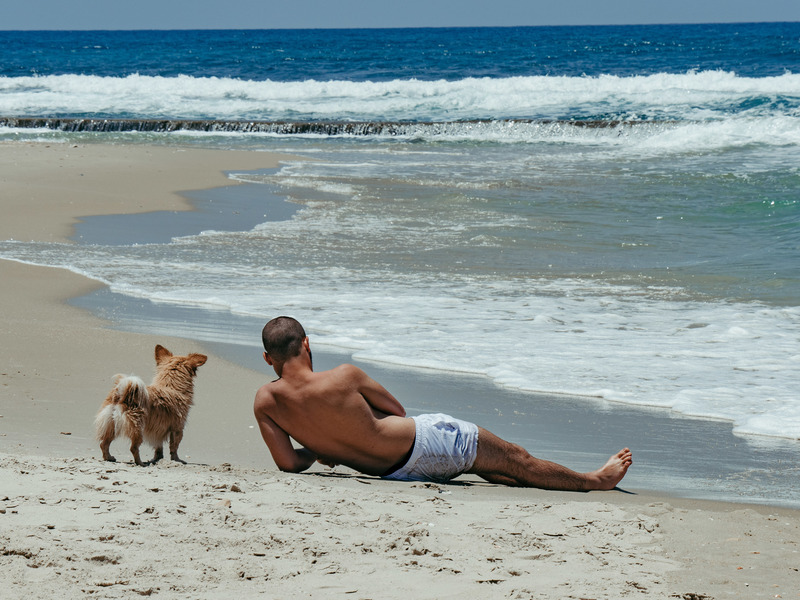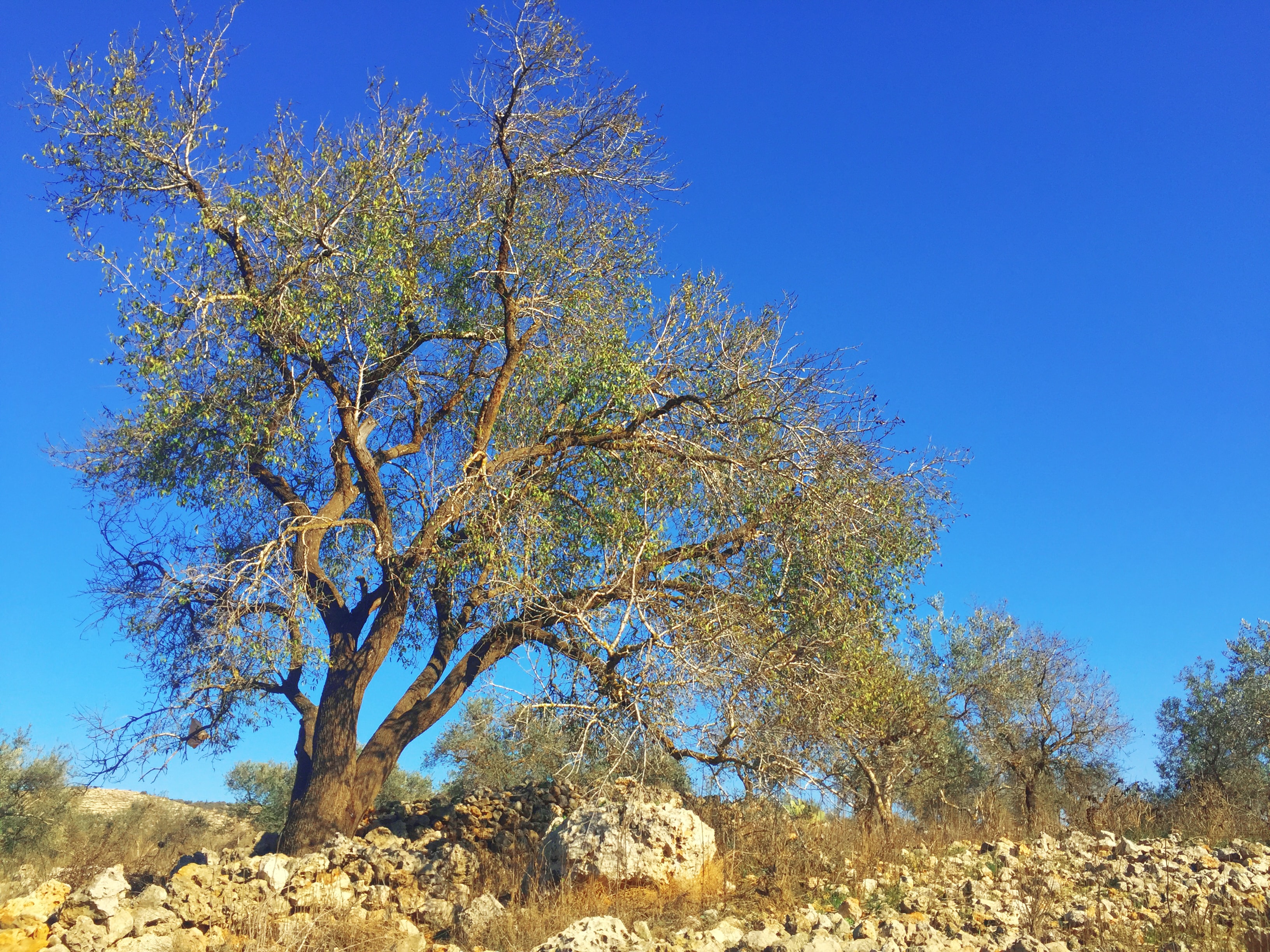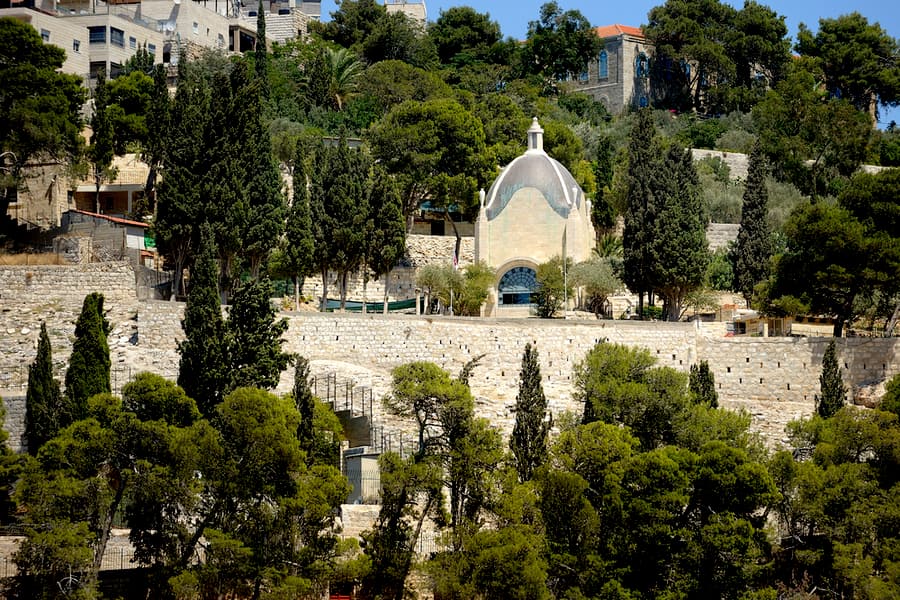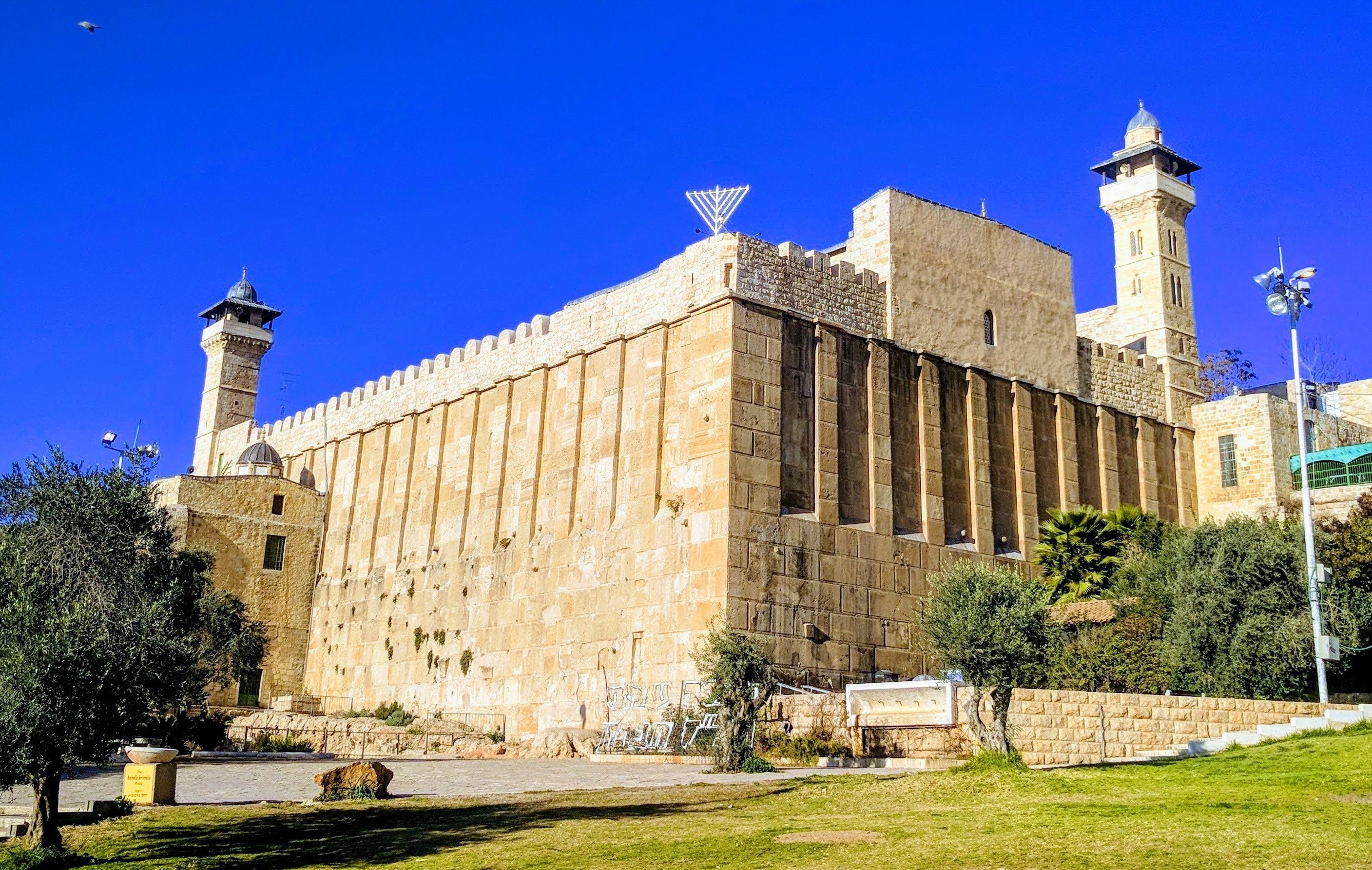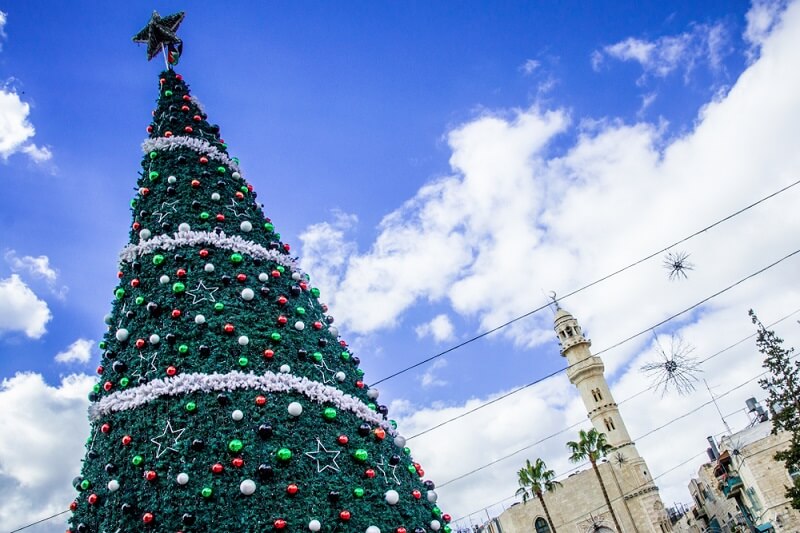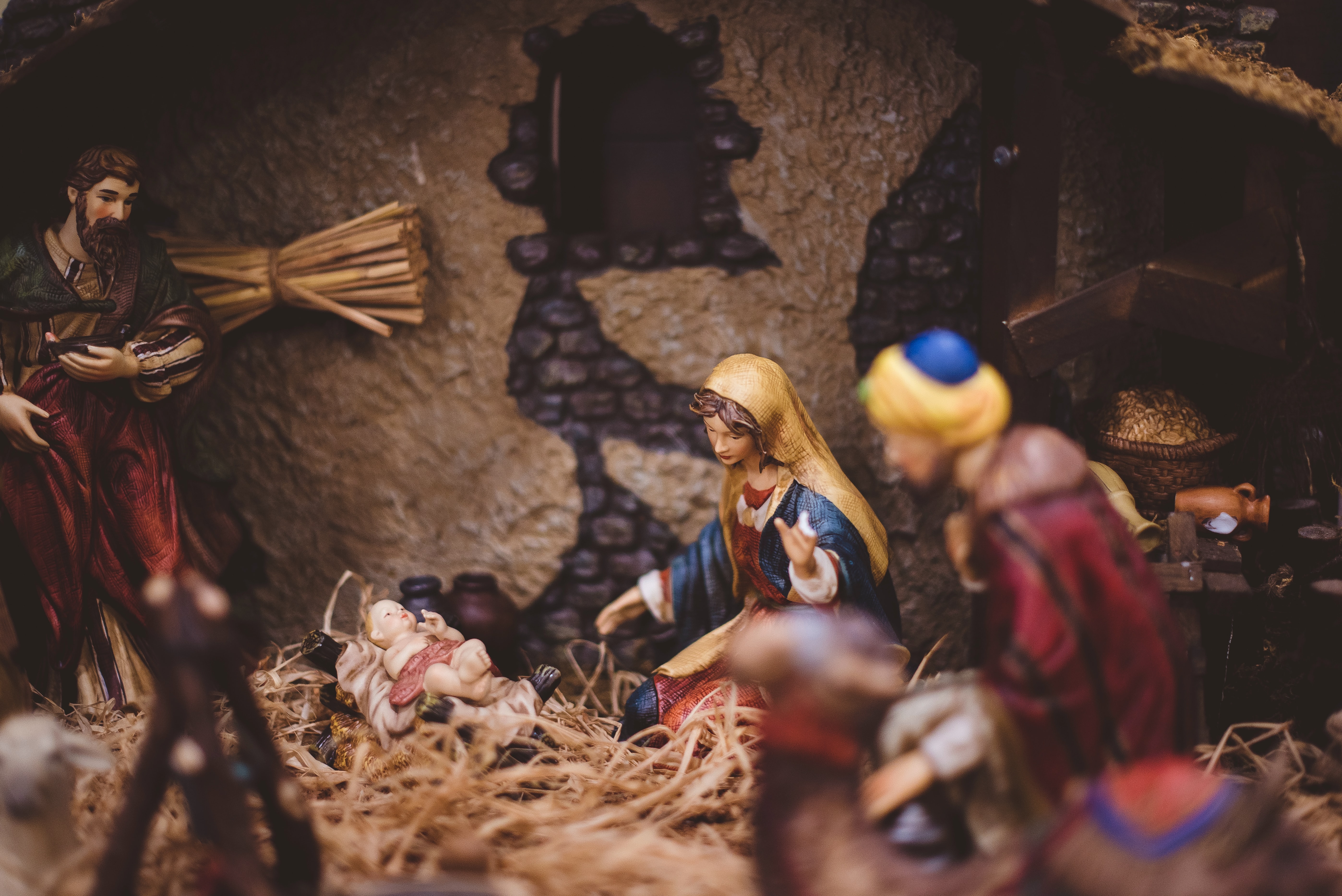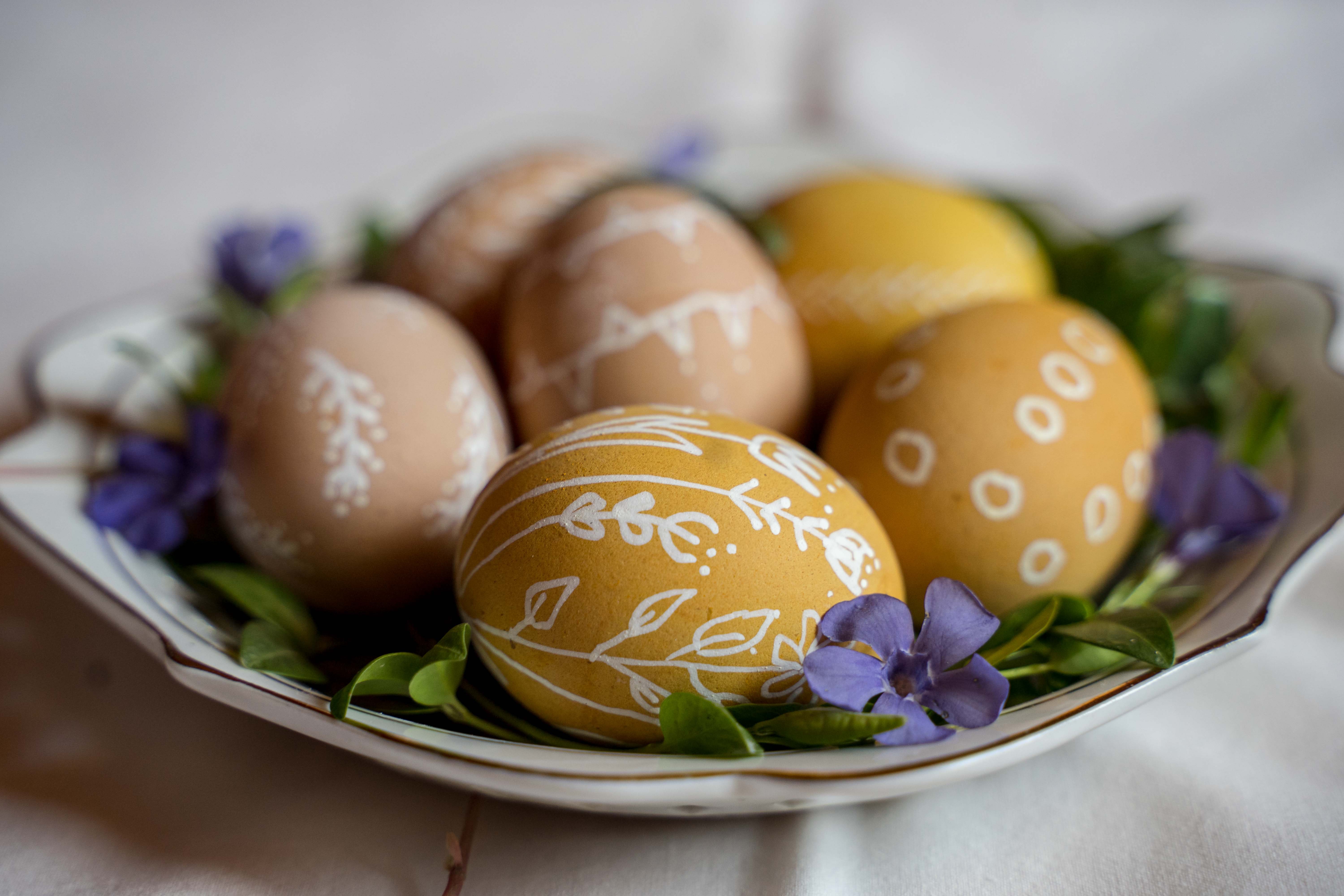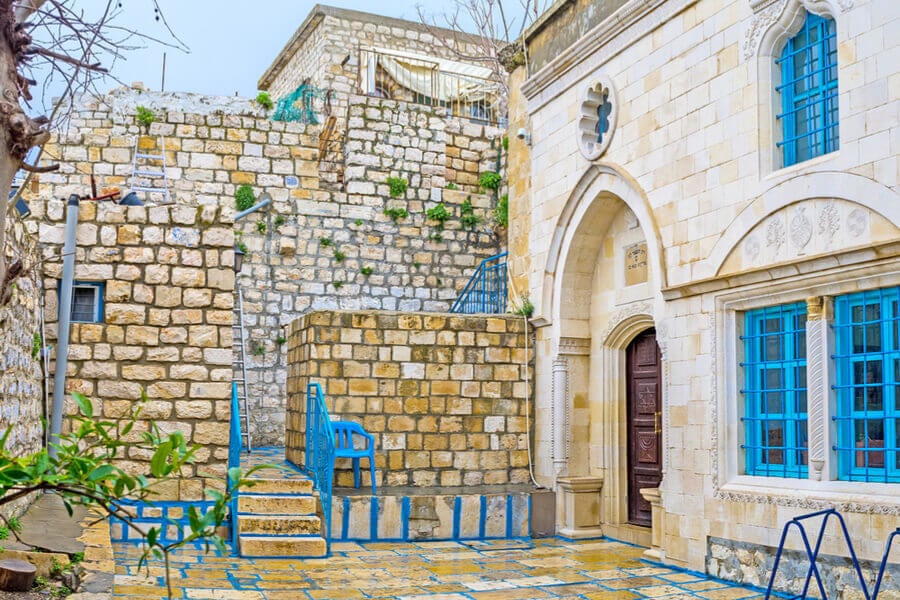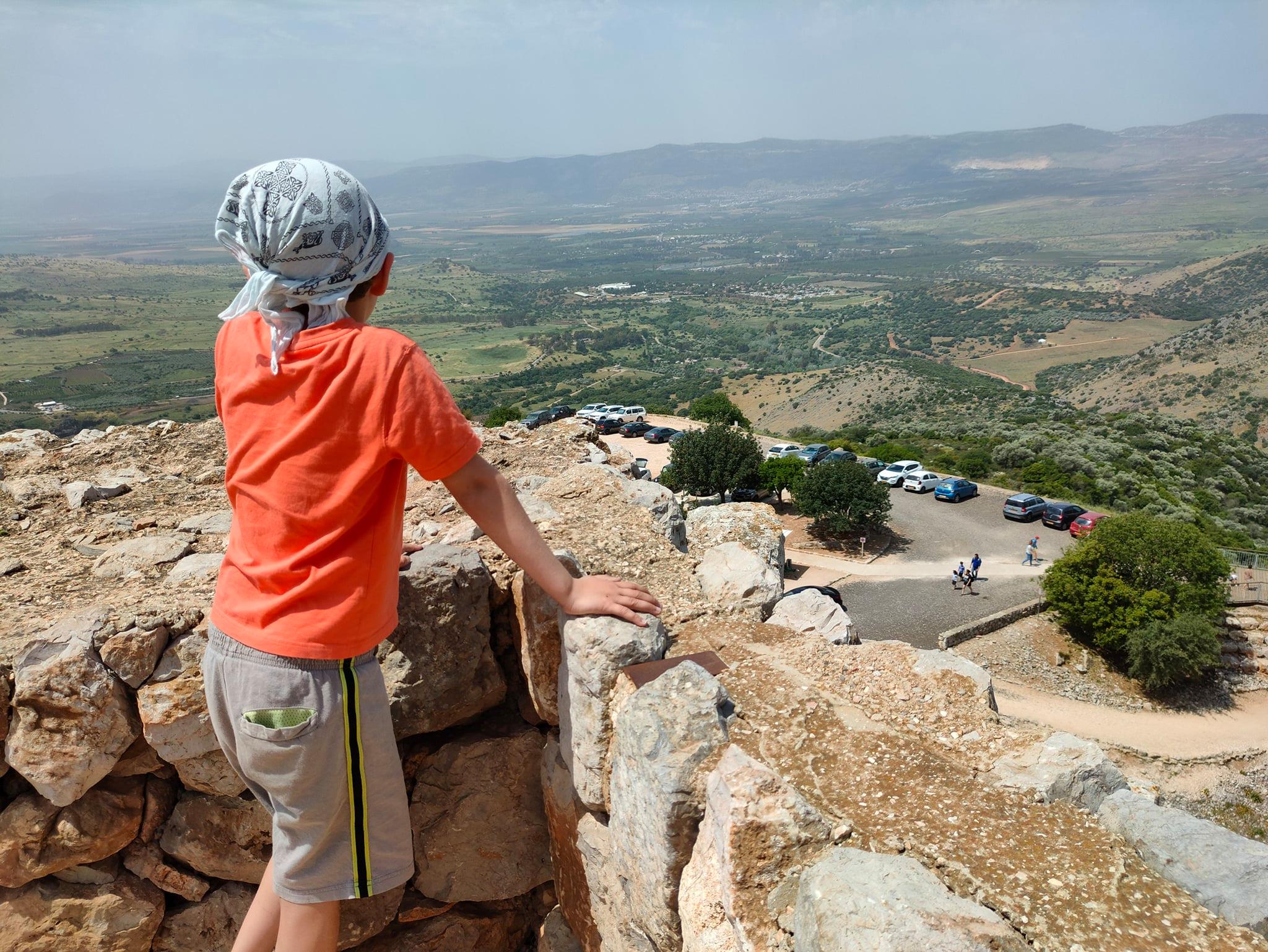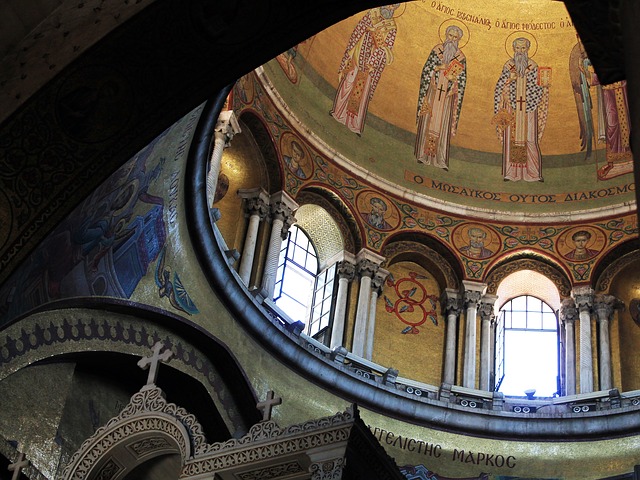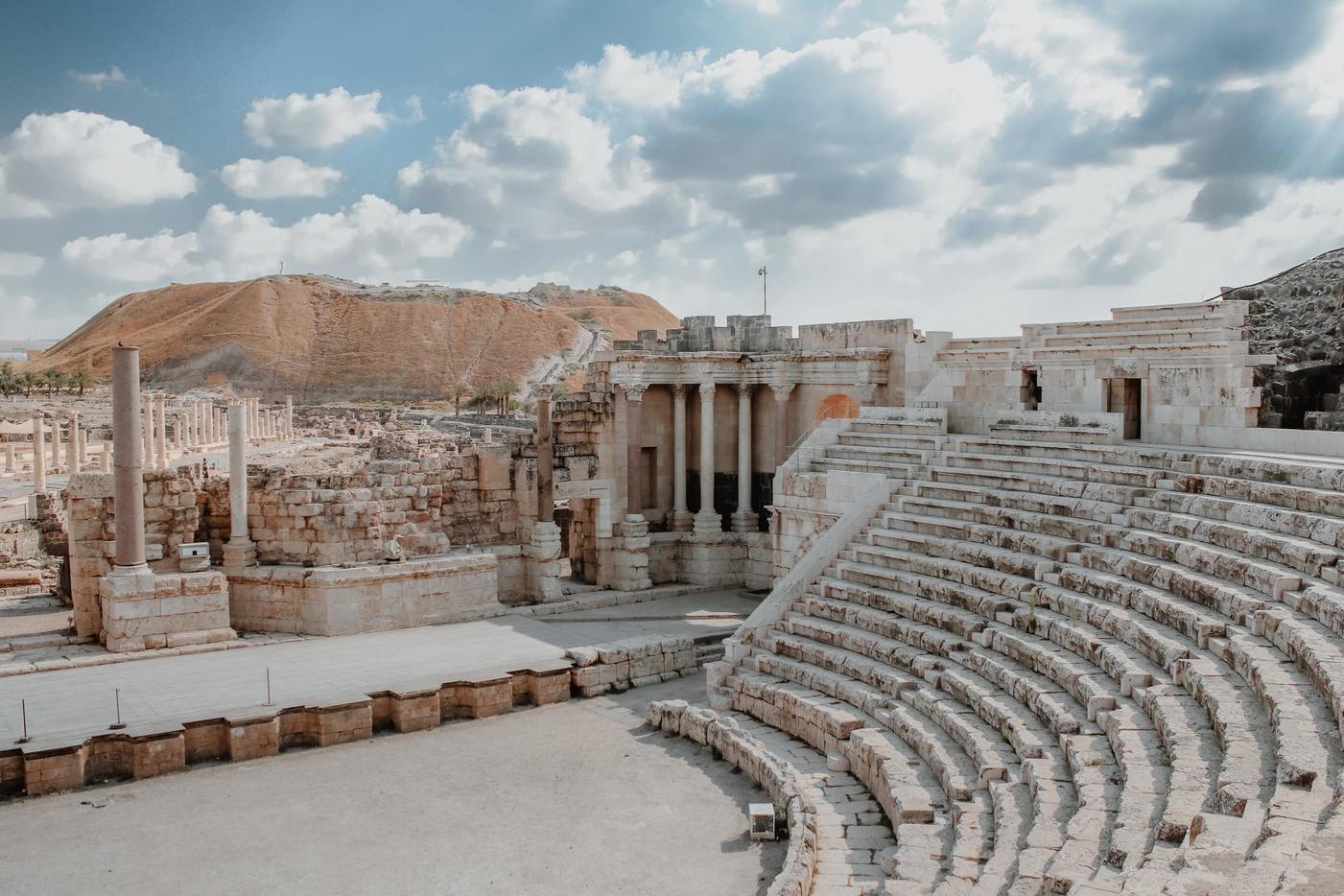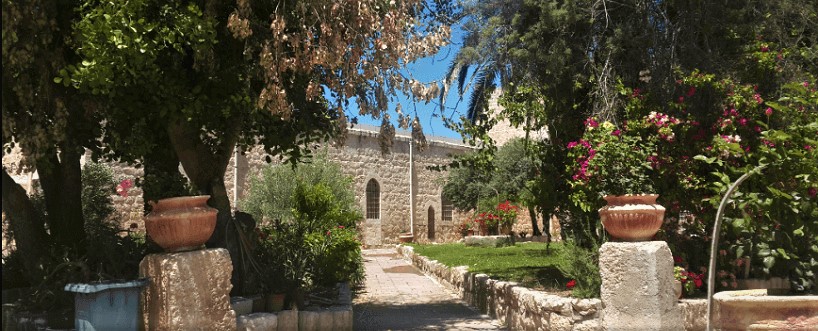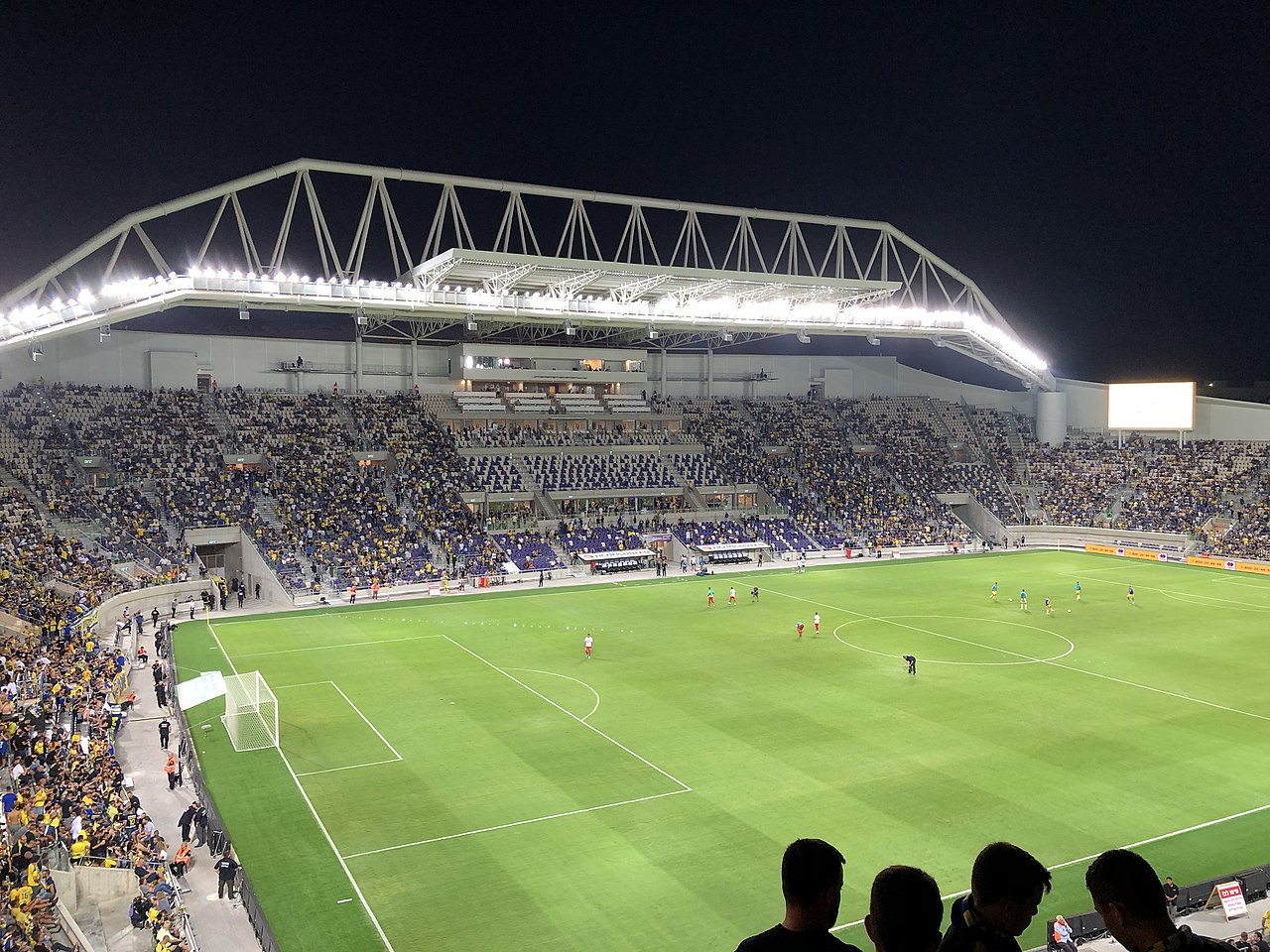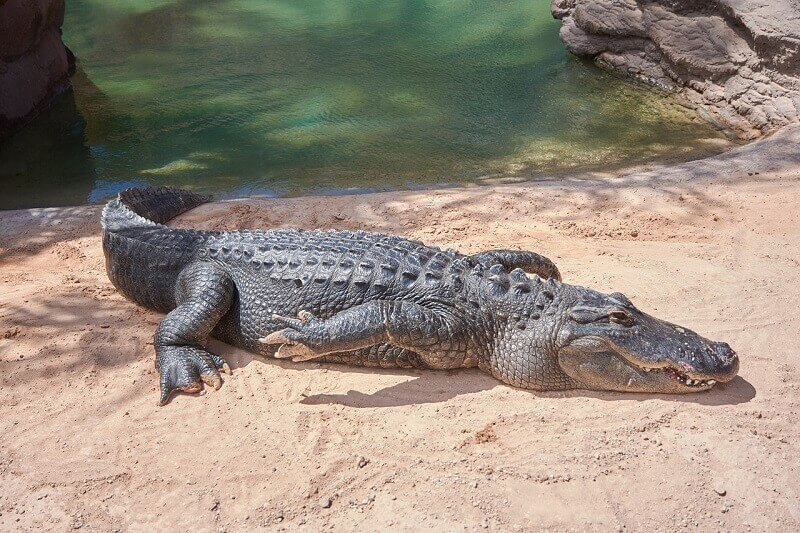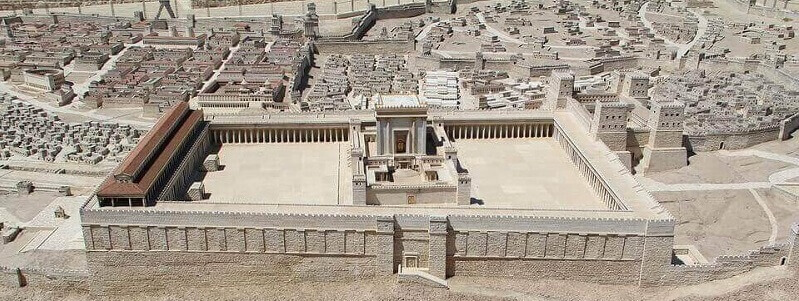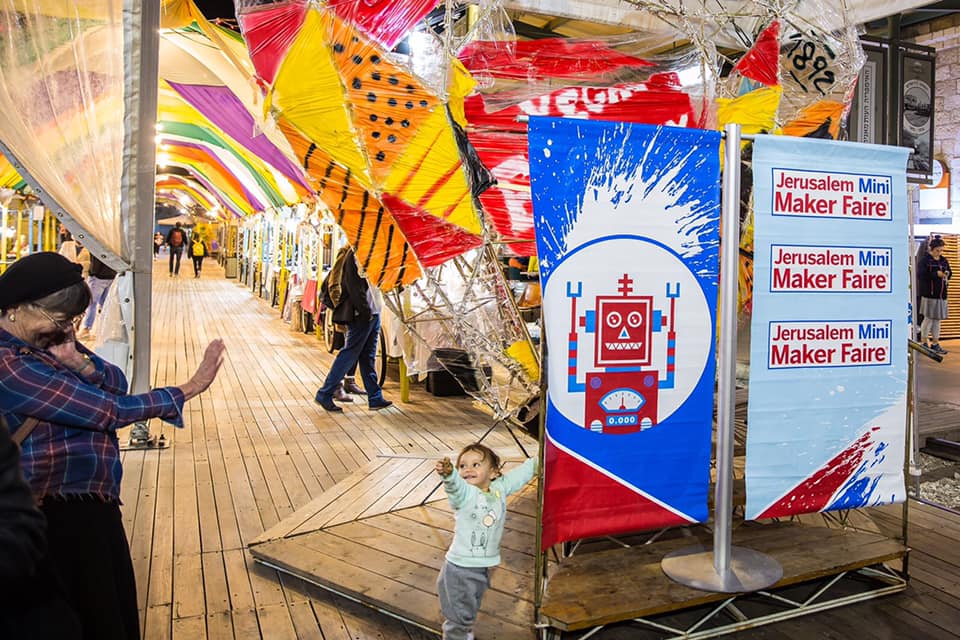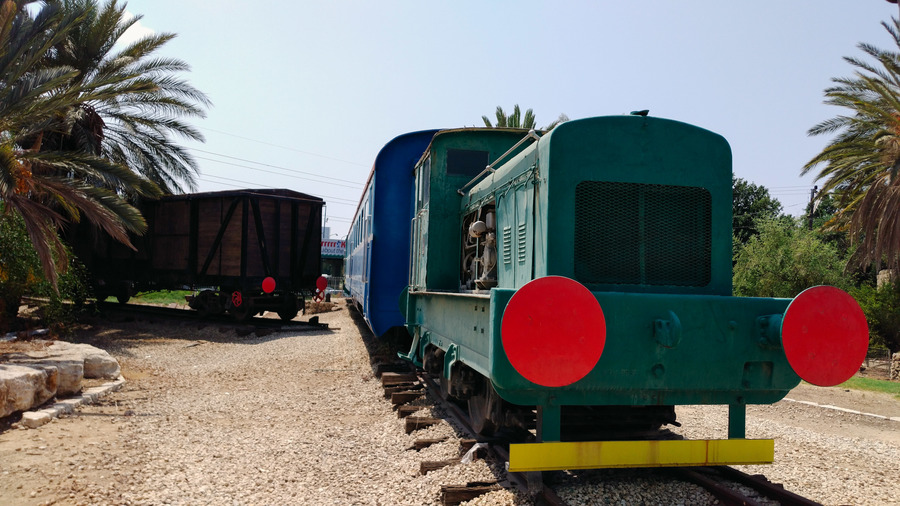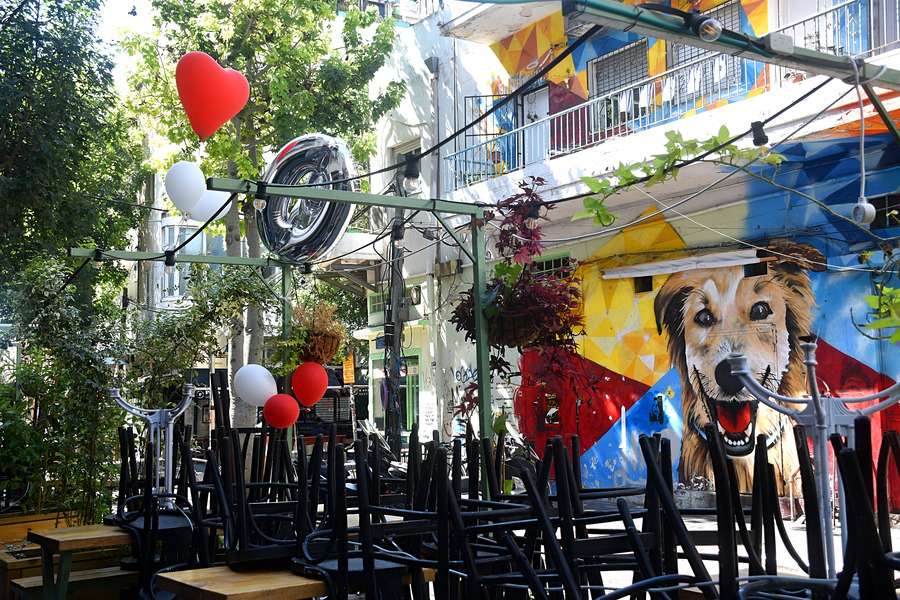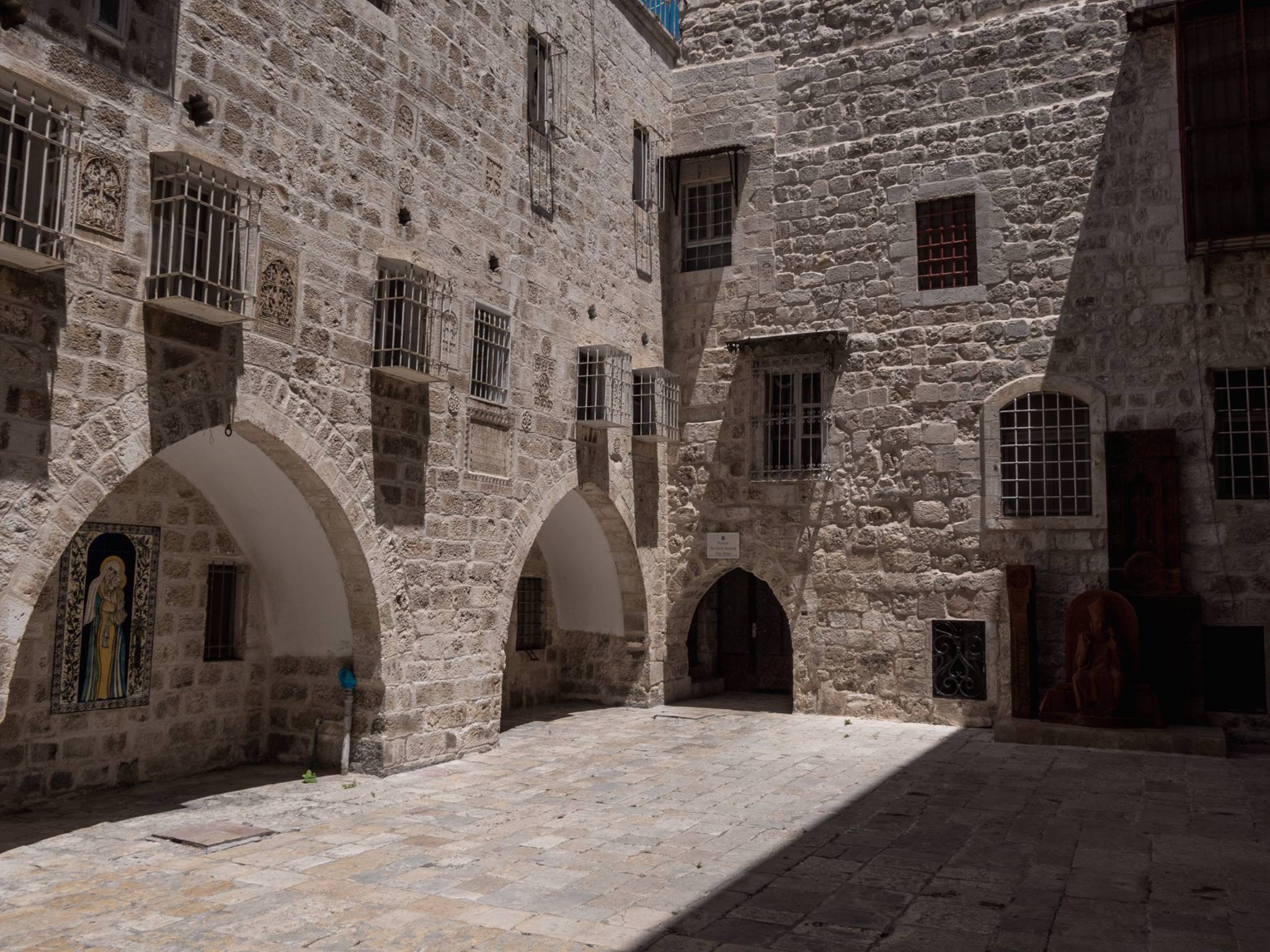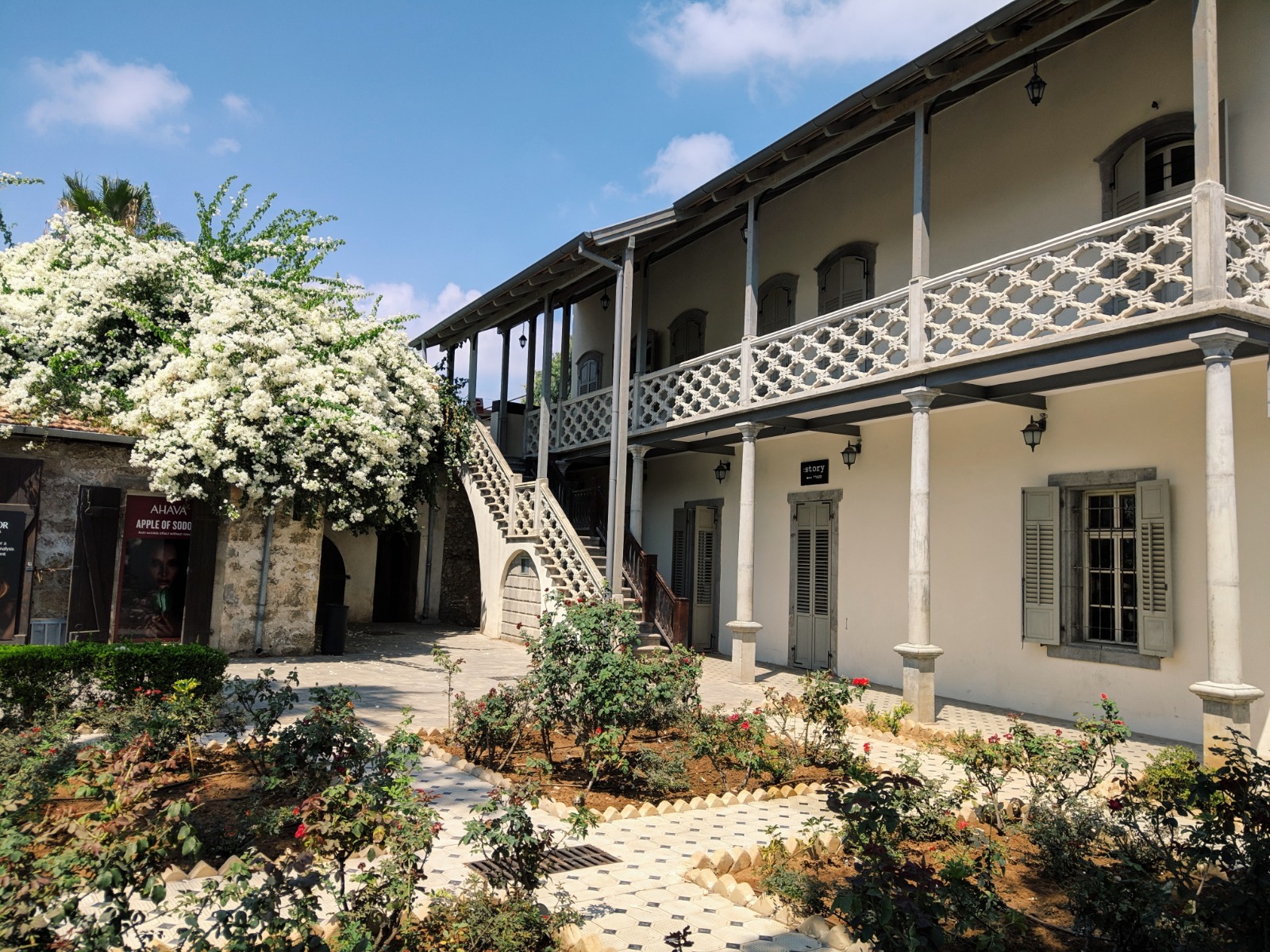Beaches in Israel
One of the top reasons to take a vacation in Israel has to be its fabulous beaches - whether you’re in the north, south or centre, there’s always a spot where you can don a bathing suit or bikini and spend a day sunning yourself or splashing around in the Mediterranean, the Red Sea, the Dead Sea, or the Sea of Galilee.Caesarea Aqueduct Beach.Photo credit: © Dmitry MishinIsrael’s beaches are glorious - with their white sand and clear water, they’re the ideal place to kick back for some relaxation or bring the kids for a fun day (or longer!) out. And many of them are close to other attractions too - snorkeling and dive spots, national parks, and even archaeological sites - which means you can mix up a day’s activities if you’re so inclined. Let’s take a look at some of the top beaches in various parts of the country - we’re confident there are going to be a few you’ll long to visit...Top Tel Aviv BeachesWhatever you’re looking for in a beach in Tel Aviv, we’re pretty sure this city can offer it. With beautiful white sand and clear blue water, whether you’re keen on calm or looking for a sporty adrenaline rush, want live music, or a deserted stretch of coast, you’ll find a Tel Aviv beach you will fall in love with. Here are some of our favorites:Tel Baruch Beach, Tel AvivWide and clean, this beach has some great cafes and restaurants and a wide, sandy area to sunbathe. You can hold barbecues on the lawn nearby and there’s also plenty of parking!Hilton Beach, Tel AvivOne of Tel Aviv’s most popular beaches, this is a great place to kayak, surf, or paddleboard. Traditionally, it has been a popular spot for gay travelers, but it’s also beloved because its waters are calm and clear. The Hilton beach also contains a section where dogs can run freely.Banana Beach, Tel Aviv. Photo credit: © Dmitry MishinMetzizim Beach, Tel AvivThis is the most northern beach in the city and close to Tel Aviv Port (Namal) full of eateries and boutique stores. It has a playground, a cafe, showers and, with its shallow waters, is ideal for families. This is a good place to visit at night if you want privacy since it is situated off the main promenade area.Gordon Beach / Frishman Beach, Tel AvivOpposite the Sheraton hotel, this beach is a great choice for those who love volleyball, ‘matkot’ (an Israeli tradition), and a wonderful outdoor (saltwater) pool. If you go on Saturday mornings, you’ll also see locals folk dancing on the promenade! Chairs, loungers, and parasols for rent (as with every Tel Aviv beach).Banana Beach, Tel AvivThis beach is great for flying kites, surfing, body-surfing, and looking for seashells. The southernmost of all these beaches, you can easily walk to Jaffa from here.To see the complete list of Tel Aviv beaches feel free to check out this article.Metzitzim Beach, Tel Aviv. Photo credit: © Dmitry MishinRecommended Mediterranean Beaches1. Ashkelon BeachesWith its long beachfront, you’re free to choose from a number of beaches here - Bar Kochba, Delilah, the Rock, and Surfer’s beach amongst them. It’s also great for kids - not just the boardwalk but also a lovely children’s playground and a skating area. Well maintained, with clean sand and pristine restrooms. Beach Chairs and umbrellas can be rented all the way along and there are shallow waters, for the most part. Ashkelon Archeological Park is minutes away.2. Palmachim Beach near Rishon LeZionWhat this beach lacks in facilities, it makes up for in sheer beauty. With amazing cliff views to the south and Tel Aviv views to the north, this secluded sandy area views of cliffs to the south, this white sand, crystal clear water beach is perfect for a day out. The nearby national park is great for exploring sand dunes, unusual flora and fauna, and limestone ridges.3. Ajami Beach in JaffaJust south of Old Jaffa lies the Ajami beach, which is popular with locals - a mixture of Jews and Arabs. The water is clear and if you get bored of sunning yourself, head off and explore the Jaffa port, Jaffa flea market,and Artists' Quarter. Not far away is the famous seafood restaurant ‘the Old Man and the Sea’ - they don’t take reservations but it’s worth waiting in line!Ashkelon Archaeological Park.Photo credit: © Dmitry Mishin4. Apollonia Beach near HerzliyaLocated under a cliff, overlooking the sea, this pretty beach, with green-colored water, can only be accessed by walking across rocks, and so it’s ideal for those who want some ‘alone’ time. Nearby is the national park Tel Arsuf (Apollonia National Park), dating back to Crusader times.5.Beit Yanai Beach, near NetanyaThis perfect sandy beach is not far from the moshav Beit Yanai named after the Hasmonean king Alexander Jannaeus (known in Hebrew as Alexander Yanai). There is an old dock and decent facilities: bathrooms, showers and a fish restaurant. Keep in mind that sometimes waves can be particularly high, as the beach is not protected from the open sea.6. Mikhmoret Beach, near NetanyaThis quiet stretch of beach, close to Netanya, has natural rocky barriers which block large waves (making it safe for kids) and there are acres of sand dunes to explore. It’s great for kite flyers but can be a little rocky (so bring flip flops). Mikhmoret has a Sea Turtle Rescue program and if you’re lucky you might spot one.7. The Aqueduct Beach, CaesareaIt doesn’t have many facilities but it does have a long row of beautifully preserved stone arches that served as an aqueduct and date back to Roman times. Undeveloped and pretty, you can swim here but there’s no lifeguard.Apollonia Beach. Photo credit: © Dmitry Mishin8. HaBonim Beach near Zichron YaakovWith more bays and inlets than any other in Israel, the coastal strip of Dor HaBonim, not far away from Zichron Yaakov, is picturesque and magical, with a nice campground that makes it perfect for overnight stays. There’s also a walking trail on the kirkar (calcareous sandstone) path and Tel Dor - an ancient city and harbor - close by.9. Dado Beach, HaifaWith a long promenade, full of restaurants, clear water, and helpful lifeguards, this clean and spacious beach in Haifa is not usually too crowded. Great for relaxing and walking on the boardwalk.10. Akhziv beach near Nahariya Arguably one of Israel’s finest beaches, Akhziv beach with the Akhziv National Park, is about 15 km north of Acre and near to Rosh Hanikra. It has cliffs, lagoons, and coves, all full of marine life - the kids will love the rock pigeons and swifts and in the summer, you might even spy a sea turtle on their way to lay their eggs. Akhziv has a campground, showers, lifeguards, and a cafe.Akhziv National Park. Photo credit: © Yaniv Cohen. Published with permission of the Israel Nature and Parks AuthorityTop Dead Sea BeachesDead Sea beaches are quite unique since they’re filled with water that is 9.6 times saltier than the ocean, meaning you can’t swim in them but you most definitely can float! Whilst you will need some decent beach shoes (because there are rocks around), you can also take advantage of the black mud on the shores - it’s perfect for slathering yourselves in if you want a free body treatment! Another wonderful activity tourists can enjoy is exploring the amazing salt deposits all along the sea’s edge - they form all kinds of strange shapes - white ‘icebergs’, strange sculptures, and flat platforms. There’s no doubt about it, with its extraordinary natural features and situated at the lowest point on earth, a trip to a Dead Sea beach is something you can’t miss out on, whilst on vacation in Israel.1. Ein Gedi Spa BeachThis very popular spa resort is a great place to enjoy the Dead Seanear Ein Gedi Nature Reserve. Ein Gedi Spa offers many treatments and activities including thermo-mineral sulfur pools, as well as dramatic east-facing views over the waters, towards Jordan. In our opinion, one of the best beaches of the Dead Sea.2. Ein Bokek BeachFree of charge, this beach has plenty of shade and is well-equipped. The whole Ein Bokek area is very clean and if you bring your own padlock, you can use one of the free lockers. The water here is somewhat saltier than at the northern end of the Dead sea but it's also crystal clear. Whilst you won’t find too much black mud here, you can always buy it elsewhere and smear it on yourself for an authentic experience! Ein Bokek Beach. Photo by Tristan MIMET on Unsplash3. Biankini BeachThis private beach is part of an upscale resort with luxury suites, terraces, and gardens with panoramic views and a good place to consider if you want to stay overnight. The entire atmosphere is Moroccan - the decor, the food, and the music and there are plenty of family-friendly activities, including a swimming pool and a kid’s club.4. Neve Midbar BeachThis beach has showers, bathrooms, a boutique, and a beach bar that serves drinks and snacks. It also has plenty of natural black mud on its shores. Be aware that there are a few slippery steps to clamber down, and wear sturdy shoes because there are rocks all around.5. Kalia BeachWith a good selection of places to eat and quite a few shops, Kalia beach is less crowded than the other Dead Sea stretches and even the opportunity to go camel riding nearby! It is easily accessible with a Masada and Dead Sea Day Tour.Kaila Beach, the Dead Sea.Photo credit: © ShutterstockTop Eilat BeachesEilat is a great getaway spot and its beaches offer restaurants on the sand, water sports, and excellent diving in the Red Sea:1. Migdalore Beach, EilatAway from the tourists, therefore a little less crowded, this is a lovely beach for relaxing and also snorkeling. You can rent chairs and loungers and food is served at reasonable prices. Fun fact: ‘migdalore’ in Hebrew means ‘lighthouse’. Look up the hill and you’ll see it...2. Dolphin Reef Beach, EilatThis beautiful area is worth the cost of the admission, because you get to see dolphins up close and personal, even being able to pet them. There’s plenty of shade and a bar that serves food and drink. If you want, you can pay to take a 20-minute snorkel or dive with these beautiful and friendly creatures. The perfect place to visit in Eilat - whether as a family, a couple, a group of friends, or a solo traveler.The Lighthouse in Eilat.Photo by Shalev Cohen on Unsplash3.Coral Beach, EilatIf you like the idea of snorkeling amongst coral reefs, you found the right spot. Eilat Coral Beachis a private beach that has warm water showers, clean bathrooms, a snack bar, and plastic chairs (included in the price). There are lots of covered seating and family areas roped off. Access the water via a long jetty over the reef and enjoy the endless colorful fish.4. Princess Beach, Eilat Possibly the best free beach to snorkel in Eilat, there isn’t much shade but there’s plenty of coral and fish in the water. The fact that it is the last beach in Eilat before the border with Egypt means it’s less crowded than other places, and a little more ‘wild.’ Not too many facilities but a great place to visit.5. Mosh Beach, EilatThis pretty pebbled private beach offers visitors good food and music, as well as a relaxing atmosphere. If you like coconut cocktails and a chilled-out atmosphere, this is where you should come.Paddleboarding in Eilat.Photo by Josh Appel on UnsplashTop Sea of Galilee (Kinneret) Beaches1. Gofra Beach, KinneretWith calm and scenic views over the lake, this rocky beach on the east of Galilee is full of eucalyptus trees, making it popular with campers (who always like their shade!) Just be aware that Gofra Beach is not a recognized beach and therefore does not provide lifeguard services.2. Ein Gev Beach, KinneretThis private beach is on the eastern shore of the lake and is next to a kibbutz with a fine fish restaurant, surrounded by lush green lawns and a short drive from a number of Galilee Christian sites. Enjoy the mini harbor and lovely boardwalk.3. Bora Bora Beach, KinneretThis beautiful private beach lies on the northern shores of the Sea of Galilee and is surrounded by natural spring waters. Facilities include lounge chairs, hammocks, sofas, a Polynesian-style bar (serving all manner of drinks), a cigar bar, and a restaurant. There are water sports available (including kayaking, boat sailing skiing, banana skiing, tubing, water skiing, jet skiing, and windsurfing) and even a dance bar.Sea of Galilee.Photo credit: © Shutterstock4. Tsemach Beach, KinneretOn the south of the Kinneret, this family-friendly beach is perfect if you’re looking for activities to keep everyone occupied, particularly on hot spring and summer days. There’s a water park with slides and an indoor swimming pool, sun umbrellas, lockers rooms, and a range of water sports too - tubing, kayaking, and floating on mattresses. There’s plenty of parking and places to stay overnight, whether you’re a camper or looking for lodging. 5. Rotem-Shizaf Beach, KinneretSituated on the eastern shore, between Kibbutzes Haon and Ein Gev, its white sands, picnic tables, and parasols make it the ideal spot for a quiet day. There are toilets, a grocery store, and a kiosk too but no lifeguard!This list of beaches in Israel is incomplete - there are 137 beaches in Israel in total and most of them are famous for clear blue water and great beach facilities.To visit Kinneret beaches book a Private Sea of Galilee TourView on the Sea of Galilee at sunset.Photo by Dave Herring onUnsplash
